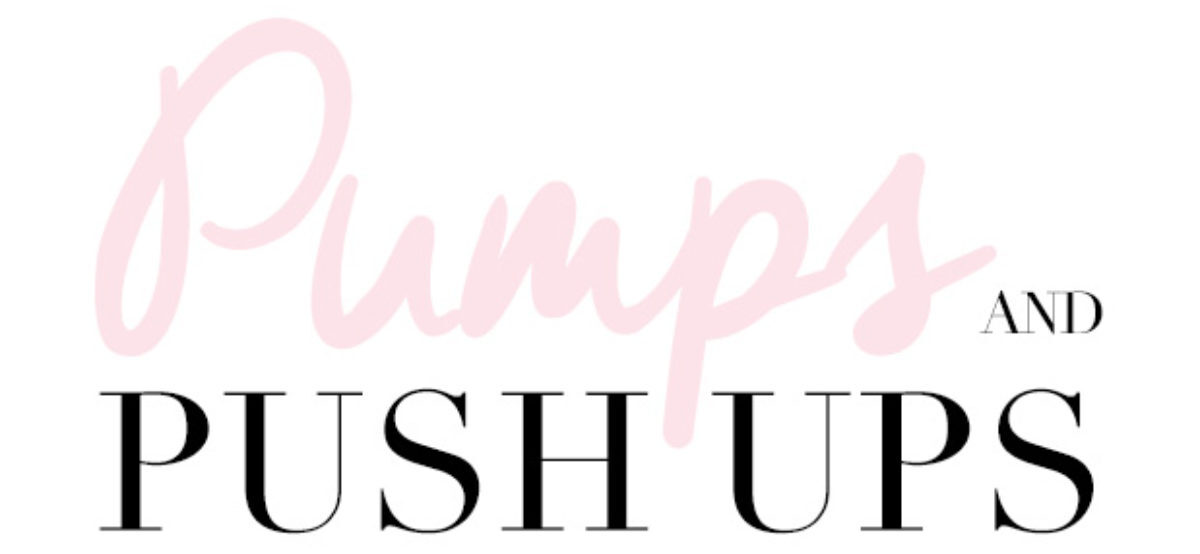by: Erica Wells, RD
February is American Heart Month, which also means it is time to Go Red for Women! National Wear Red day was on February 7th, a tradition to raise awareness and show support for women with heart disease. While this day has passed, the whole month of February is dedicated towards promoting the heart health of ourselves as well as the other women in our lives.
Heart disease is the number 1 killer of women, so we need to be extra vigil to take the right steps towards staying heart healthy. What does this mean? This means eating right, exercising, maintaining a healthy weight, normal blood pressure, healthy cholesterol and not smoking.
Make sure you are eating a healthy balance of fruits, vegetables, whole grains and other fiber containing foods such as bran and beans. Fiber binds to cholesterol while in your gut and passes it on through, which helps to reduce the amount of cholesterol that gets absorbed into your body. Choose lean proteins, low-fat or fat-free dairy products, and heart healthy fats/oils such as olive or canola oil. Avoid (or eat sparingly) foods that are heavily processed and contain trans-fats as these have been shown to be just as bad, if not worse, for you as saturated fat.
You should also take care to minimize the amount of salt in your diet. Whether it is from the sea or Himalayas, is Kosher or iodized…salt is salt…and salt raises blood pressure. The problem is that Americans eat too much salt. Just to give you some perspective, the recommended amount of sodium one should consume is 1,500 to 2,300mg per day and just one teaspoon of salt has 2,300mg of sodium! So if you are adding a little salt here and a dash of salt there to your food over the course of a day either through cooking or at the table, not even taking into account the sodium that is already in the foods and beverages you are consuming, you can see how easy it is to exceed this allowance quickly.
To reduce your intake of salt:
– Only use salt when absolutely necessary in cooking (like baking). Instead use spices and seasonings without any added salt (for example: garlic powder instead of garlic salt).
– Salt is prominent in processed and “fast” food. The reason packaged food can sit on a shelf and not go bad is because there is salt in place to act as a preservative. The best practice is to eat fresh and prepare foods from scratch as much as possible. When choosing ingredients that do contain sodium, choose a lower sodium version whenever available.
– Go easy on the sauce. Sauces are loaded in sodium and should be used in used sparingly.
– Do not add any salt at the table to prepared food. As you learned before, it doesn’t take much to be too much.
Salt is an acquired taste and just as easily as you trained your taste buds to desire salt, you can train them to not want it. After a while you will begin to appreciate the taste of your food as it is.
Eating the right foods and exercising for at least 30 minutes a day on most days of the week will help you to maintain a healthy weight, blood pressure, cholesterol and a happy heart. Now that’s what I call being fit, fearless and fabulous!!
For more information, go to: https://www.goredforwomen.org/home/about-heart-disease-in-women/


